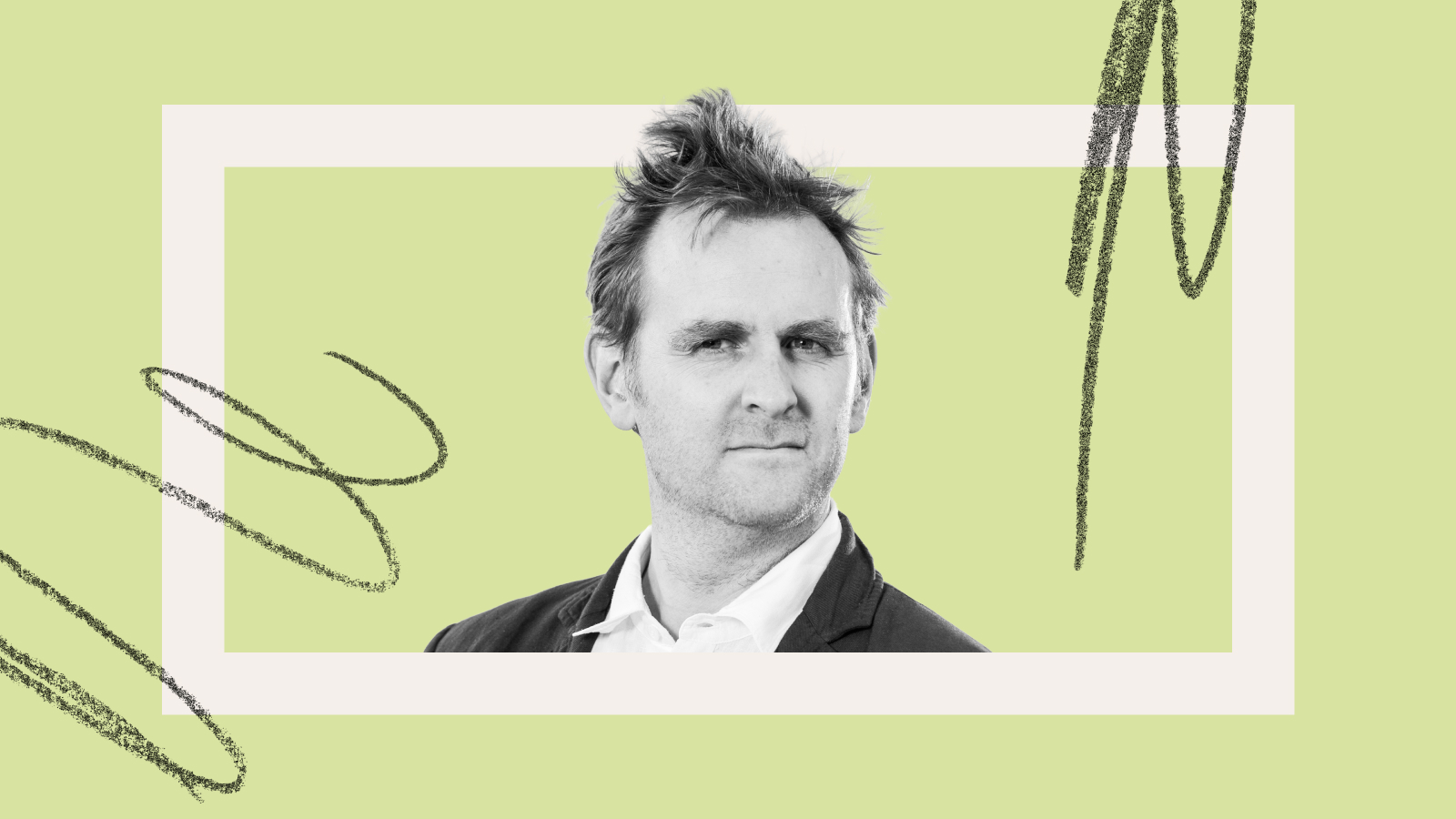When Maria Schneider looks out at her audiences, she sees “mostly young people.” Meanwhile, jazz continues to assimilate new genres at lightning speed.
Question: What new forms and genres is jazz assimilating?
rnMaria Schneider: Oh, I think it’s so many, you know? I know for me, flamenco music has really come into my music a lot. It’s the rhythms, you know? It’s the, there’s a lot of rhythms coming out of the meter of 12 and 12 can be subdivided so many ways, in groupings of 4 and 3, it’s, you know, it’s divisible by a lot of numbers. And so you get these possibilities for different subdivisions on top. And I think a lot of the music that’s coming from Africa, which flamenco is rhythmically, Afro-Peruvian music is, Brazilian music, as jazz has, and Cuban music, you know, there’s so, so much music that’s coming from there that the way in which those different musics, I did say musics, music, you know, developed in their own worlds, now it seems like all those things are kind of jazz musicians are using all those tentacles, you know, all those places where African music went and influenced other kinds of, took in things from folk music or European music, or whatever from different places, now it seems like jazz musicians are kind of taking all those things and culling things from that and bringing it back into jazz. In the end maybe it all comes, like everything in life, sort of full circle back to what essentially it was, you know? Plus jazz music is bringing in so much classical music now, you know? It’s really, it’s a really unique time for the arts, you know, because the internet and the world, everything is so global and the sky’s the limit and anything goes and everything is eclectic. So amidst all that influence, how do we each find our own individual voice? That is really something very particular to us and I think that that’s where a lot of musicians, they just get so confused because they think to do something new, I have to try to be that, or maybe if I put this hat on, my music will be seen as unique. And I think what’s unique is one person’s perspective of how they see all those things and put it together with their own personal experience and that’s what we all have to try to do, I guess.
rnQuestion: Does jazz connect with young people today?
rnMaria Schneider: Well, I think it does. If I look at my audiences, they are mostly young people. But, you know, different people have different opinions about that. It’s funny, because I mean, jazz at one time was pop music, you know? And at one time jazz was a culture. And, you know, I think that there’s a danger in somehow in trying to protect jazz. There’s a danger of turning it into something that can’t become something that you can almost turn it into something of obsolete by trying to protect it too much, rather than just allowing it to be and find its own way, I think jazz will always be something vital because it’s improvised music. Improvised music means that what’s in the moment is coming out and it’s being expressed. As long as musicians are doing that, and really being honest about their expression and not just learning a thousand notes and, you know, creating something that’s removed from themselves, I think it will speak to people and speak to young people. You know, improvised music exists in rock and roll, you know what I mean? Improvised music is a natural thing that has to be there. The question is, that comes in, when is it jazz and when is it not jazz? You know, I mean, you can argue that point forever.
Recorded on December 11, 2009
Interviewed by Austin Allen





